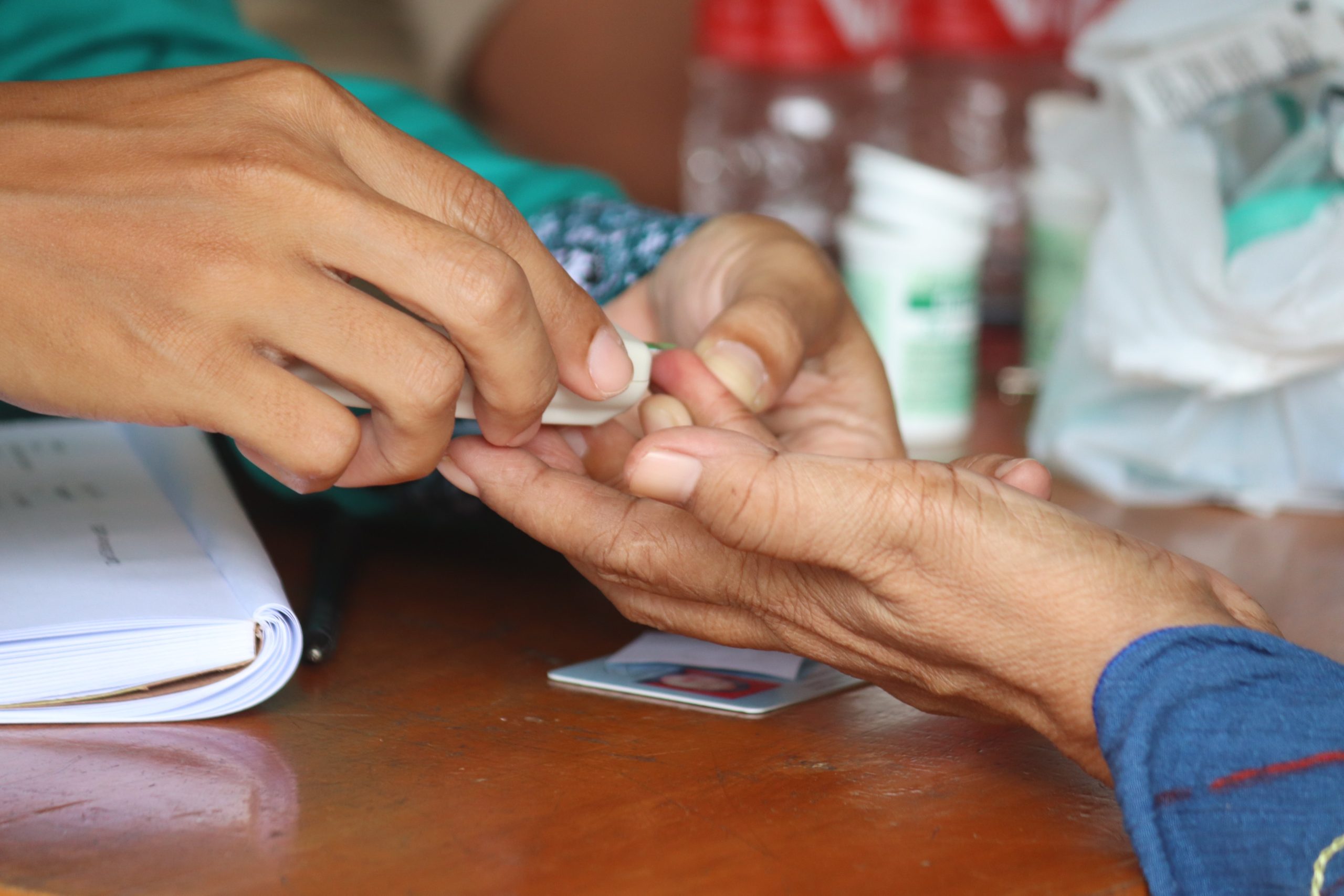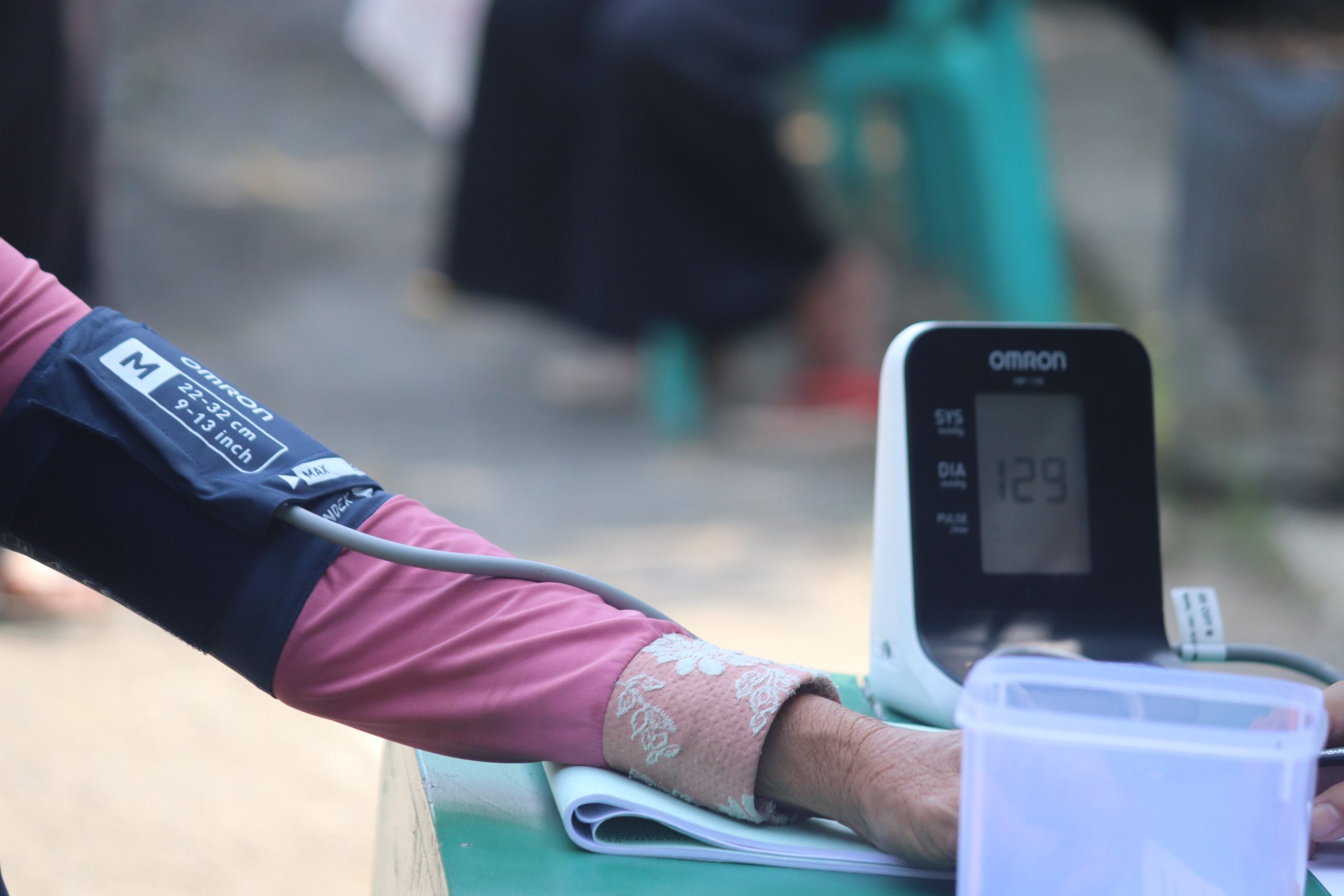The Power of Nutrition: Building a Balanced Diet

The Power of Nutrition: Building a Balanced Diet
Introduction: A healthy lifestyle begins with nutrition. The food we eat provides the fuel and nutrients our bodies need to thrive. In this blog post, we explore the significance of nutrition and healthy eating, highlighting the key aspects of a well-rounded diet.
- The Balance Game: A balanced diet is crucial for optimal health. By incorporating whole grains, lean proteins, fruits, vegetables, and healthy fats, you ensure a diverse range of nutrients. Discover how these food groups work together to provide essential vitamins, minerals, and macronutrients.
- Exploring Diets: From vegetarian and vegan to keto, different dietary approaches can impact your health. We examine the benefits, challenges, and considerations of specific diets, helping you make informed decisions about what suits your body and lifestyle.
- Mastering Meal Planning: Save time and money while promoting healthy eating habits through effective meal planning. Learn tips for grocery shopping, ingredient prep, and creating well-balanced meals. Discover how variety, nutrition, and convenience can be seamlessly integrated into your weekly meal routine.
- Portion Control and Mindful Eating: Proper portion control is vital for maintaining a healthy diet. Discover techniques to gauge appropriate portion sizes and avoid overeating. We also delve into mindful eating, a practice that fosters a healthier relationship with food through savoring each bite and tuning in to hunger and fullness cues.
- Nutritious Delights: Explore a selection of delicious and nourishing recipes. From nutrient-packed smoothies and vibrant salads to wholesome main courses and guilt-free desserts, discover culinary creations that are as tasty as they are nutritious.
Conclusion: Nutrition plays a key role in our overall well-being. Embrace a balanced diet, explore dietary choices, and practice mindful eating to unlock the many benefits of a healthy lifestyle. Remember, even small changes in your diet can have a significant impact on your health and vitality. Nourish your body with wholesome foods and enjoy the rewards of a nutritionally rich life.











